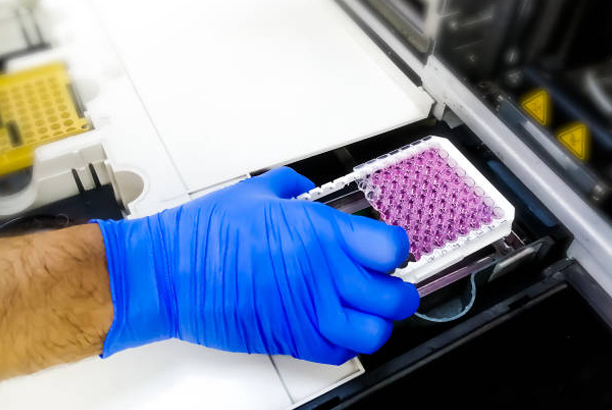Immunoassay
- Home
- Immunoassay
Overview Immunoassay
An test called an immunoassay uses biochemistry to determine if an analyte is present and/or at what quantity. The analyte may consist of tiny molecules, big proteins, or antibodies that an individual has developed as a result of an illness. Depending on the end user’s requirements, these assays may be applied to a variety of formats and are quite flexible.
The main element of an immunoassay intended to identify a particular analyte, such influenza nucleoprotein, is the antibodies. These antibodies have been carefully chosen to guarantee the analyte’s detection at low concentrations with high specificity—that is, to ensure that they won’t react with comparable antigens. An immunoassay’s mechanism for detecting the binding of a particular antibody to the target analyte is its second characteristic. The original immunoassay signal came from an enzyme reacting with a substrate to produce a colored solution, the concentration of which matched the concentration of antigen in the test solution.




